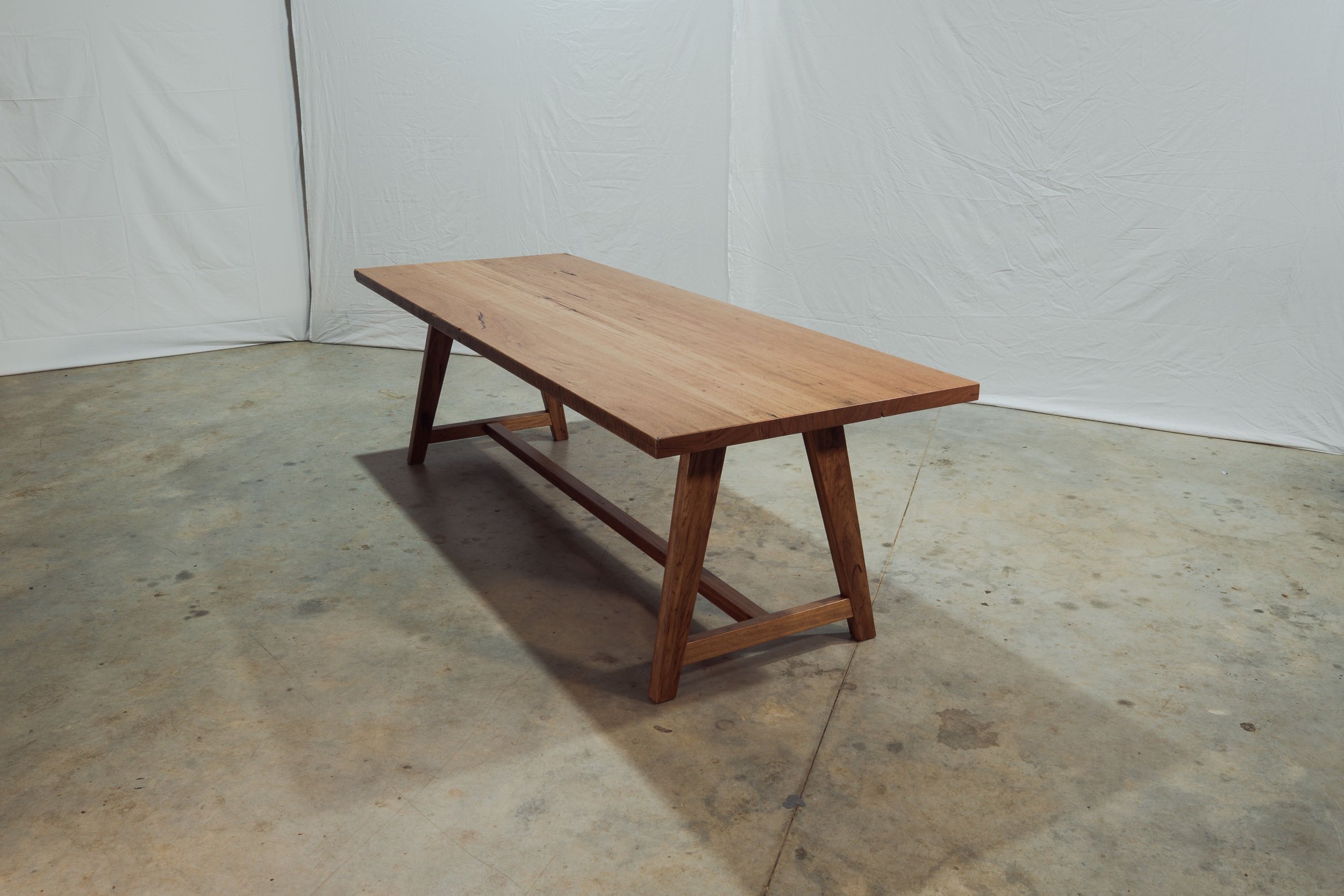Things To Consider When Choosing Dining Room Furniture
Outline of the Article:
Introduction: The Significance of Well-Chosen Dining Room Furniture
Understanding Your Space: Assessing Size and Layout
Defining Your Style: Modern, Traditional, or Transitional?
Quality Matters: Selecting Durable and Long-Lasting Furniture
Material and Finish: Wood, Metal, Glass, or Upholstery?
Comfort and Practicality: Choosing the Right Dining Chairs
Table Shapes and Sizes: Round, Rectangular, Square, or Oval?
Storage Solutions: Buffets, Cabinets, and Sideboards
Lighting and Ambiance: Enhancing the Dining Room Atmosphere
Budget Considerations: Finding the Balance Between Quality and Affordability
Maintenance and Care: Ensuring Longevity of Your Furniture
Considering Eco-Friendly and Sustainable Options
Conclusion: Creating a Dining Space That Reflects Your Style and Functionality
FAQs About Choosing Dining Room Furniture: Expert Answers to Common Questions
Introduction: The Significance of Well-Chosen Dining Room Furniture
The dining room is more than just a place to eat; it's a space where families gather, friends bond, and memories are created. Choosing the right dining room furniture is crucial, as it not only defines the room's aesthetics but also enhances functionality and comfort. In this guide, we will explore the essential factors to consider when selecting dining room furniture.
Understanding Your Space: Assessing Size and Layout
Before purchasing any furniture, assess your dining room's size and layout. Measure the available space to ensure the furniture fits comfortably. Consider leaving enough room for movement around the table, especially when chairs are pulled out. Understanding your space helps you choose appropriately sized pieces that don't overwhelm the room.
Defining Your Style: Modern, Traditional, or Transitional?
Dining room furniture comes in various styles, from sleek and modern to classic and traditional. Define your style preference to narrow down your options. Modern styles often feature clean lines and minimalist designs, while traditional styles embrace ornate details and rich finishes. Transitional styles blend elements from both, offering a versatile and timeless look.
Quality Matters: Selecting Durable and Long-Lasting Furniture
Invest in quality furniture that stands the test of time. Look for solid wood construction and sturdy joinery methods. Quality furniture might come at a higher price, but its durability pays off in the long run. Check for certifications and warranties, ensuring you're getting furniture that meets industry standards.
Material and Finish: Wood, Metal, Glass, or Upholstery?
Dining room furniture is available in various materials, each offering a unique aesthetic. Wood exudes warmth and can be finished in different tones. Metal provides a sleek, modern look, while glass creates an illusion of space. Upholstered chairs offer comfort and can be customized with various fabrics. Choose materials that align with your style and practical needs.
Comfort and Practicality: Choosing the Right Dining Chairs
Comfort is paramount, especially for dining chairs where people spend extended periods. Opt for chairs with ergonomic designs and adequate padding. Additionally, consider practicality. Chairs with removable, washable covers or stain-resistant materials are ideal for families with children. Swivel or armless chairs can save space in smaller dining rooms.
Table Shapes and Sizes: Round, Rectangular, Square, or Oval?
The table's shape and size significantly impact the room's layout and seating arrangement. Round tables create an intimate atmosphere and work well in small spaces. Rectangular tables are classic and accommodate more guests. Square tables suit square rooms and can be a space-saving option. Oval tables combine the benefits of round and rectangular shapes, offering versatility.
Storage Solutions: Buffets, Cabinets, and Sideboards
Consider additional storage options like buffets, cabinets, or sideboards, especially if your dining room lacks built-in storage. These pieces not only provide storage for dinnerware and linens but also enhance the room's aesthetics. Choose pieces that complement your dining table and chairs, creating a cohesive look.
Lighting and Ambiance: Enhancing the Dining Room Atmosphere
Lighting plays a crucial role in creating ambience. Invest in a statement chandelier or pendant light that complements your dining room's style. Ensure the lighting is adjustable to set the right mood for various occasions. Consider adding dimmers to control brightness levels, allowing you to create a cozy atmosphere for intimate dinners or a well-lit space for gatherings.
Budget Considerations: Finding the Balance Between Quality and Affordability
Set a realistic budget for your dining room furniture. While it's tempting to splurge on high-end pieces, there are quality options available at various price points. Prioritize essential pieces like the dining table and chairs, allocating a larger portion of your budget to these items. Balance quality, aesthetics, and budget to make informed decisions.
Maintenance and Care: Ensuring Longevity of Your Furniture
Proper maintenance prolongs your furniture's life. Follow the manufacturer's care instructions, especially for materials like wood, upholstery, and glass. Use coasters to prevent water rings and scratches. Regular cleaning and occasional treatments keep your furniture looking new. Invest in furniture with durable finishes that are easy to clean and maintain.
Considering Eco-Friendly and Sustainable Options
For environmentally-conscious buyers, explore eco-friendly and sustainable options. Look for furniture made from reclaimed wood, recycled materials, or sustainable forestry practices. Certifications like FSC (Forest Stewardship Council) indicate environmentally responsible sourcing. Choosing eco-friendly furniture contributes to conservation efforts and reduces your ecological footprint.
Conclusion: Creating a Dining Space That Reflects Your Style and Functionality
In conclusion, choosing dining room furniture involves a thoughtful balance of style, functionality, comfort, and budget. By understanding your space, defining your style, prioritizing quality, and considering practical aspects like comfort and maintenance, you can create a dining space that reflects your personality and meets your practical needs. With the right furniture, your dining room becomes a welcoming haven for enjoyable meals and cherished moments.
FAQs About Choosing Dining Room Furniture: Expert Answers to Common Questions
Q1: How do I choose the right size dining table for my space?
Measure your dining area's dimensions, leaving at least 36 inches of space around the table for movement. Consider the table's shape and the number of guests you want to accommodate.
Q2: What are the advantages of upholstered dining chairs?
Upholstered chairs offer extra comfort and are available in various fabrics, allowing customization to match your interior. They are particularly suitable for leisurely dining experiences.
Q3: Can I mix different styles of furniture in my dining room?
Yes, mixing styles can create an eclectic and visually appealing look. However, ensure there's a unifying element, such as colour or texture, to harmonize the diverse pieces.
Q4: How do I clean and maintain a glass dining table?
Use a glass cleaner or a mixture of water and mild detergent to clean the table. Avoid abrasive cleaners that can scratch the surface. Regularly check and tighten any loose fittings.
Q5: What sustainable options are available for dining room furniture?
Look for furniture made from reclaimed wood, bamboo, or materials with certifications like FSC. These options signify eco-friendly and sustainable sourcing practices.

